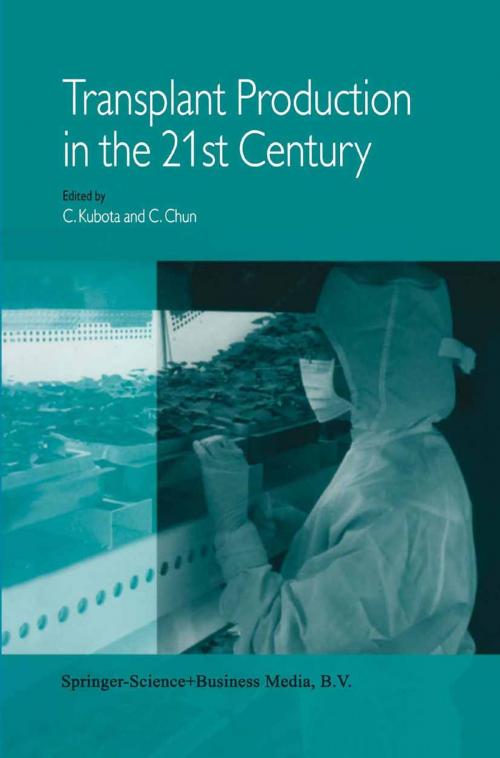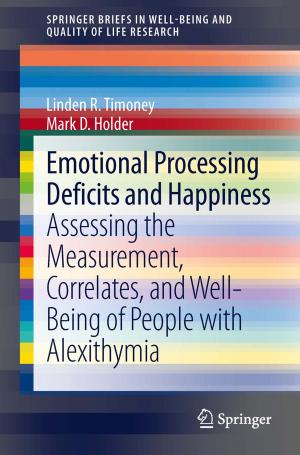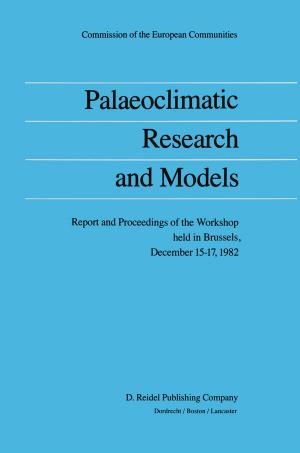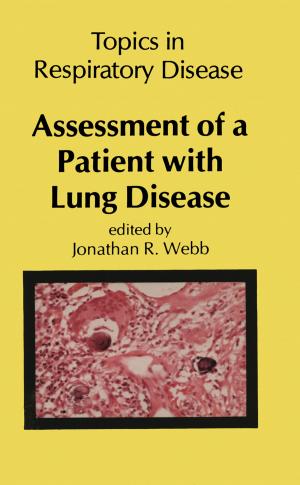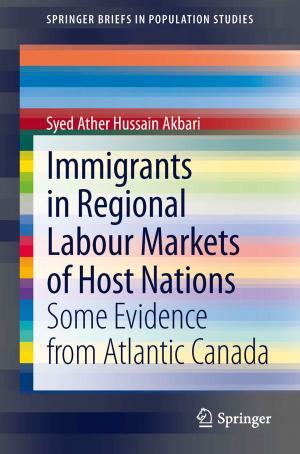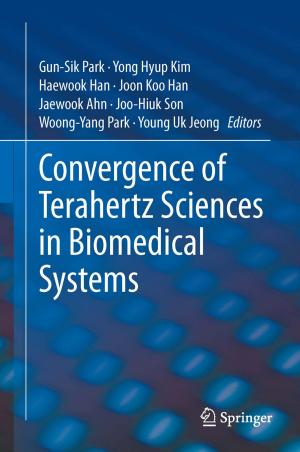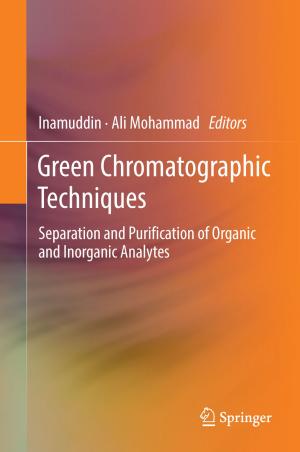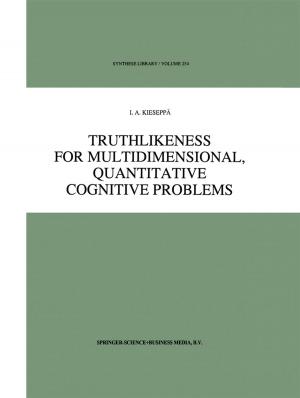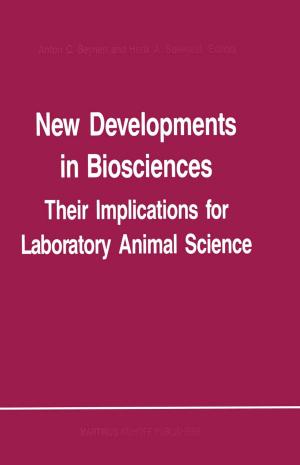Transplant Production in the 21st Century
Proceedings of the International Symposium on Transplant Production in Closed System for Solving the Global Issues on Environmental Conservation, Food, Resources and Energy
Nonfiction, Science & Nature, Science, Physics, Energy, Technology, Agriculture & Animal Husbandry| Author: | ISBN: | 9789401593717 | |
| Publisher: | Springer Netherlands | Publication: | November 11, 2013 |
| Imprint: | Springer | Language: | English |
| Author: | |
| ISBN: | 9789401593717 |
| Publisher: | Springer Netherlands |
| Publication: | November 11, 2013 |
| Imprint: | Springer |
| Language: | English |
We are facing global issues concerning environmental pollution and shortages of food, feed, phytomass (plant biomass) and natural resources, which will become more serious in the forthcoming decades. To solve these issues, immeasurable numbers of various plants and huge amounts of phytomass are required every year for food, feed and for the improvement of amenities, the environment and our quality of life. Increased phytomass is also required as alternative raw material for producing bio-energy, biodegradable plastics and many other plant-originated industrial products. Only by using phytomass as a reproducible energy source and raw material, instead of fossil fuels and atomic power, we can save natural resources and minimize environmental pollution. To increase phytomass globally, we need billions of quality transplants (small plants) to be grown yearly, in the field or in the greenhouse, under various environmental conditions. However, these high quality transplants can be produced only under carefully controlled, rather than variable environment al conditions. Recent research has shown that the closed transplant production system requires considerably small amounts of electricity, water, fertilizer, CO) and pesticide to produce value-added transplants as scheduled with minimum release of environmental pollutants and minimum loss of transplants. The closed or closed-type transplant production system is defined as a transplant production system covered with opaque walls with minimized or controlled ventilation rates, using artificial lighting. With this system, photoperiod, light intensity and quality, air temperature, humidity, CO) concentration and air current speed can be controlled as desired.
We are facing global issues concerning environmental pollution and shortages of food, feed, phytomass (plant biomass) and natural resources, which will become more serious in the forthcoming decades. To solve these issues, immeasurable numbers of various plants and huge amounts of phytomass are required every year for food, feed and for the improvement of amenities, the environment and our quality of life. Increased phytomass is also required as alternative raw material for producing bio-energy, biodegradable plastics and many other plant-originated industrial products. Only by using phytomass as a reproducible energy source and raw material, instead of fossil fuels and atomic power, we can save natural resources and minimize environmental pollution. To increase phytomass globally, we need billions of quality transplants (small plants) to be grown yearly, in the field or in the greenhouse, under various environmental conditions. However, these high quality transplants can be produced only under carefully controlled, rather than variable environment al conditions. Recent research has shown that the closed transplant production system requires considerably small amounts of electricity, water, fertilizer, CO) and pesticide to produce value-added transplants as scheduled with minimum release of environmental pollutants and minimum loss of transplants. The closed or closed-type transplant production system is defined as a transplant production system covered with opaque walls with minimized or controlled ventilation rates, using artificial lighting. With this system, photoperiod, light intensity and quality, air temperature, humidity, CO) concentration and air current speed can be controlled as desired.
